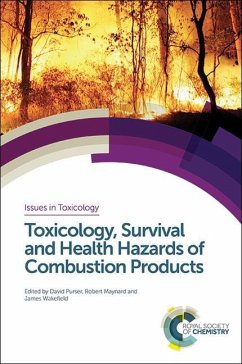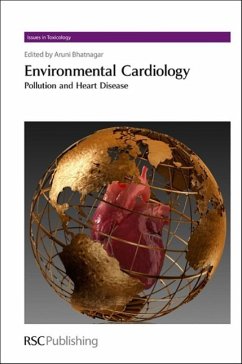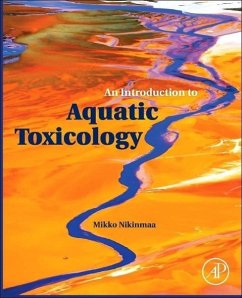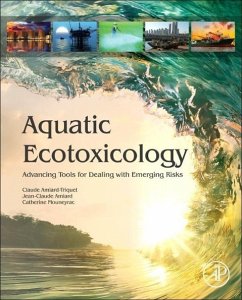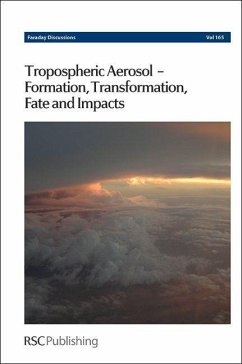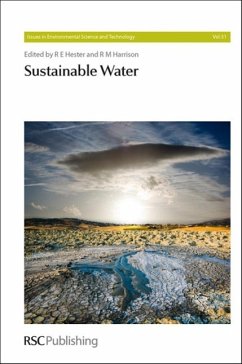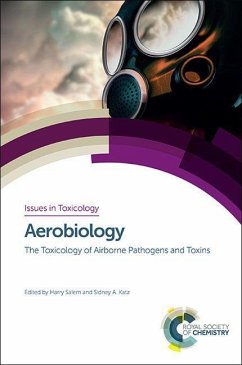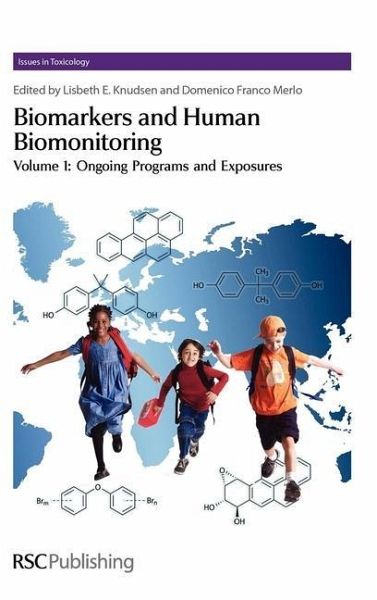
Biomarkers and Human Biomonitoring, Volume 1
Ongoing Programs and Exposures
Herausgeber: Knudsen, Lisbeth; Merlo, Domenico Franco
Versandkostenfrei!
Versandfertig in über 4 Wochen
157,99 €
inkl. MwSt.

PAYBACK Punkte
79 °P sammeln!
Human biomonitoring has developed from a research tool in occupational and environmental health to identify and quantify exposures to harmful substances in urine or blood. The analytical methods for detection of substances in biological media have been considerably improved with smaller detection limits and more precise and specific measurements. Human biomonitoring is a valuable tool in exposure estimation of selected populations and currently used in surveillance programs all over the world. This two-volume handbook provides an overview of current available biomarkers and human biomonitoring...
Human biomonitoring has developed from a research tool in occupational and environmental health to identify and quantify exposures to harmful substances in urine or blood. The analytical methods for detection of substances in biological media have been considerably improved with smaller detection limits and more precise and specific measurements. Human biomonitoring is a valuable tool in exposure estimation of selected populations and currently used in surveillance programs all over the world. This two-volume handbook provides an overview of current available biomarkers and human biomonitoring programs in environmental health, which is timely given the present debate on adverse health effects from environmental exposures. The books describe both previous and ongoing studies as well as the newer biomarkers of exposure and effects. Volume One describes current human biomonitoring activities in Germany, Romania, France, Canada, India, and Belgium, providing convincing evidence of a global decline in human exposures to lead and increasing concern related to adverse effects from exposures to endocrine disruptors and genotoxic compound. The book also includes chapters on biomarkers of specific exposures in a range of widely used everyday compounds such as phthalates, PFCs, bisphenol A, brominated flame retardants, lead, PAHs, dioxins, mercury and arsenic.





